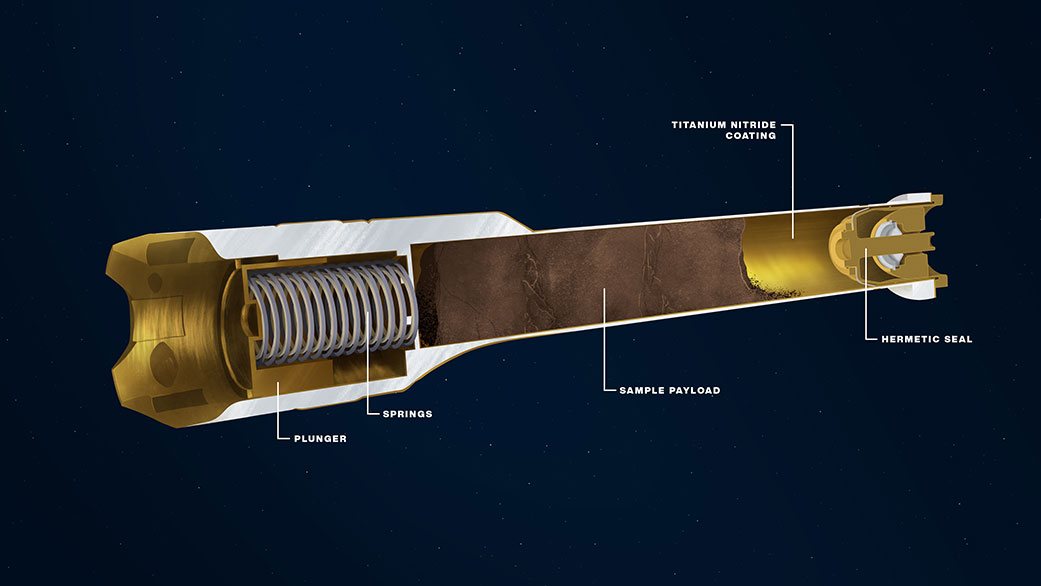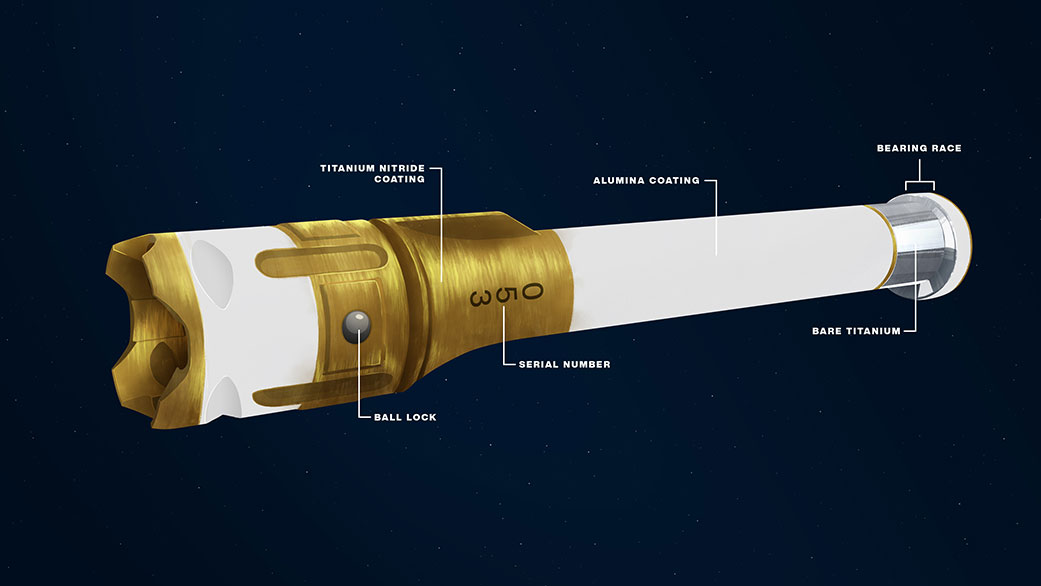
The Perseverance rover obtained its first rock sample on Mars. NASA plans to return this rock-core, along with future samples back to Earth on future Mars missions.
On September 6th, NASA’s Perseverance rover collected its first sample on the Red Planet. Perseverance stored the rock-core in a small titanium sample tube. The historic milestone will be part of the European Space Agency’s and NASA’s Mars Sample Return campaign, which aims to eventually return rock samples from Mars to Earth. The rock samples will be sent to Earth as a part of future missions and will mark the first time samples from another planet are brought to Earth (unless you count some ancient meteorites).
“For all of NASA science, this is truly a historic moment,” said Thomas Zurbuchen, NASA’s associate administrator for science.

The first sample capture attempt in August failed. Perseverance began this sample collection on September 1st at 5:36 pm ET, drilling into the briefcase-sized rock dubbed “Rochette.” The rover used its rotary-percussive drill to core the pencil-sized sample from the rest of Rochette. Next, Perseverance’s Mastcam-Z camera imaged the tube containing the sample to visually confirm the presence of the sample. After confirmation from mission controllers on Earth, the rover maneuvered the sample into Perseverance’s interior to further image and measure the core. Finally, the rover sealed the core and took one last picture before storing it.


Across Perseverance’s future exploration on Mars, it will collect up to 43 more samples from various locations inside the massive Jezero Crater. One of NASA’s main objectives with Perseverance is astrobiology. Studies of the core samples will include searching for signs of ancient microbial life, especially since the rover is set to explore Jezero Crater’s delta region in its second science campaign. The delta is the ancient site of where a long-gone Martian river connected to a lake. The delta resembles areas on Earth where microbial life would have been preserved very well, so this is a prime spot for study.

NASA will be hosting a media briefing on the successful sampling tomorrow, September 10th, to provide more information about what data Perseverance obtained from the rock, along with discussion surrounding the future retrieval missions. Space Explored will be attending the briefing, so check back for future updates.
Enjoy reading Space Explored?
Help others find us by following on Apple News and Google News. Be sure to check us out on YouTube, Twitter, Facebook, and Instagram, join our Discord!
FTC: We use income earning auto affiliate links. More.

Comments